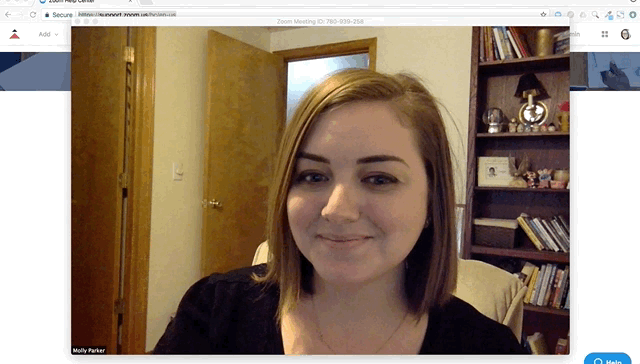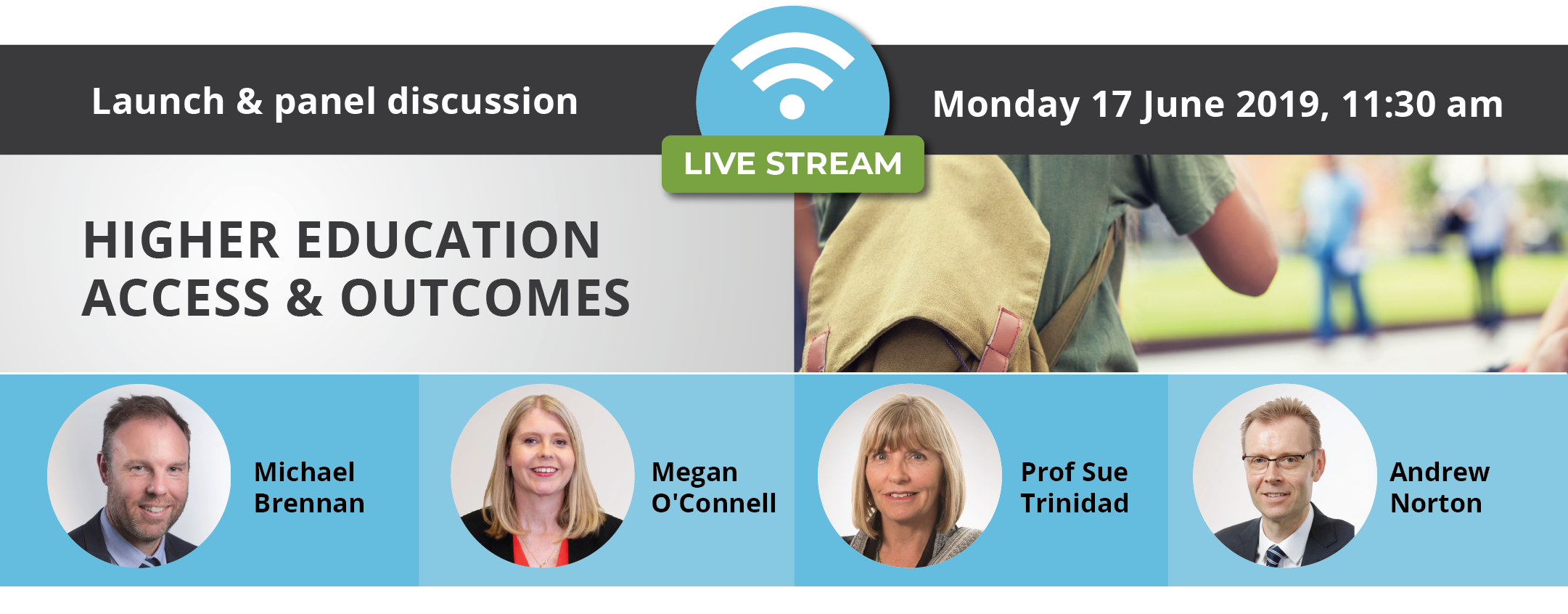The Australian Productivity Commission, released "
The Demand Driven University System: A Mixed Report Card" on 17 June. This extensive 205 page report looks at the
demand driven university system Australia had from 2010 to 2017. The focus is on if this delivered better outcomes for 'equity groups'. The report found improved access for students from a low socioeconomic background, and ‘first in family’. However, participation by Indigenous people, and those from regional or remote areas, may have
dropped.
Looking at key points from the report (listed below), the Commission found that "university education can be
transformative", but is also costly, for the student and public funders. I suggest the non-fee cost to the student needs more emphasis. Educators tend to assume that students have nothing to do but study, however many have jobs, and family commitments.
The report found that the additional students had lower literacy,
numeracy and Australian Tertiary Admission Rank. Despite this, many of these graduated and got good jobs. However, as would be expected, the dropout rate for these students was higher, with 21% receiving no qualification (9% higher than for other students).
The higher dropout rate was to be expected. This could have been addressed (and at many universities is now being addressed), through programs for those with limited literacy and numeracy, lower academic standards, and from families without experience of university. I am from a first in family generation, struggled with university study and am now assisting my students through better course design and delivery.
Another measure which could be introduced, but is not common, is nested programs. Rather than a student dropping out after several years study with no qualification, they can be given a job-relevant sub-degree qualification. The student should be then able to return later and continue their studies.
While the report found participation increased for students from a low socioeconomic background and
‘first in family’, it did not for Indigenous people, or those from
regional or remote areas (the gap may have widened). I suggest that one way to address these groups, not mentioned in the report, is with high quality distance education programs. Instead, those from
regional or remote areas are expected to move away from their community to campuses in larger population centers.
The alternative offered to regional and remote student, as well as those with family and work commitments, is to undertake online programs. However, these are in the main derived from urban campus courses, not suited to the remote students, and are staved of resources. It is possible to design and deliver quality online education. I studied
how to do this online in North America, and now
design such courses. The approach I now take to course design is to first produce an on-line module, and then add face-to-face components as required, and as resources allow. The approach which many universities take, of trying to turning a campus course into an online one, does not work as well.
The report suggests several ways to address the access issue. The last of these, I suggest, need more emphasis: "Viable
alternatives in employment and vocational education and training will
ensure more young people succeed." I suggest that this should be taken further, with incentives for schools and universities to integrate Vocational Training and Education (VET). One way to do this would be to transfer funding from the university system to VET, with the expectation that most students would start their studies in VET, possibly at school, and then transfer to university. The norm should be for students to have at least one VET qualifcaiton,
before commencing university.
An area the report does not appear to address is the role which the quality of courses, and teaching, may have on student outcomes. Unlike the school and VET sectors, there are no legal requirements placed on universities to employ educationally qualified teaching staff. Academics had been traditionally appointed and promoted based on their research qualifications and skills, which are unrelated to teaching ability (some research suggests research experience makes for
worse teachers). I suggest federal incentives, or requirements, for teaching qualifications at university would improve outcomes.
The study addressed two questions:
- "Who are the 'additional students' who enrolled in university
under the demand driven system who would not have had the opportunity in
earlier periods, and what are the academic and labour market outcomes
they achieved?
- To what extent was the demand driven system more accessible to
people from under-represented 'equity groups'? And what factors predict
the under-representation of these groups?"
From Productivity Commission, 2019
Key points from report (numbering added):
"University education can be transformative. It is also costly in terms of forgone earnings, student debt and Commonwealth outlays, so it is important that students, taxpayers and the broader community benefit from the investment.
The ‘demand driven system’ in place between 2010 and 2017 was intended to increase domestic student numbers and give under‑represented groups greater access. The results were mixed.
It was certainly effective in increasing numbers: the share of young people that attended university by age 22 years increased from 53 per cent in 2010 to an estimated 60 per cent in 2016, based on data from the Longitudinal Surveys of Australian Youth.
Multivariate regression analysis shows that the ‘additional students’ — those whose attendance can be ascribed to the expansion of the system — were drawn from many backgrounds. However, compared with other students, they typically had lower literacy and numeracy and a lower Australian Tertiary Admission Rank (most had an ATAR less than 70).
Many of the additional students succeeded. About half of the additional students graduated by age 23 years (with many still studying). About half of those graduates entered managerial or professional occupations, outcomes that are similar to those of other graduates.
However, people that enter university with lower literacy and numeracy and a lower ATAR drop out at higher rates. By age 23 years, 21 per cent of the additional students had left university without receiving a qualification compared with 12 per cent of other students.
University participation increased within some under‑represented ‘equity groups’, but not others.
School students from a low socioeconomic background and ‘first in family’ students were more likely to participate in higher education following the expansion in university places.
However, the participation ‘gaps’ (compared to those not in the equity group) remain for Indigenous people and for people from regional or remote areas, and may have widened.
Despite the expansion, the level of participation among all these groups remains far lower than for people who do not come from disadvantaged backgrounds — a reflection of poorer average school performance and a range of cultural and environmental factors. In the latter respect, an equity group student with a given level of academic ability is still significantly less likely to attend university than their non‑equity equivalents.
Overall, the demand driven system succeeded in increasing the number of students and made progress in improving equity of access. However, many are entering university ill‑prepared and struggling academically. This study suggests some areas for further policy consideration:
The school system has arguably not adapted to the role needed of it to prepare more young people to succeed at university, or more broadly to meet the growing demand in the Australian economy for complex and adaptable skills. Average literacy and numeracy of school children needs to rise to fill this role, reversing the sharp falls since 2003.
Children growing up in regional or remote areas with the same academic ability as their metropolitan peers continue to be much less likely to attend university.
The growing risk of students dropping out of university requires attention. On average, the additional students need greater academic support to succeed. While universities had strong incentives to expand student numbers, the incentives for remedial support are weak.
University will not be the best option for many. Viable alternatives in employment and vocational education and training will ensure more young people succeed."
From Productivity Commission, 2019





